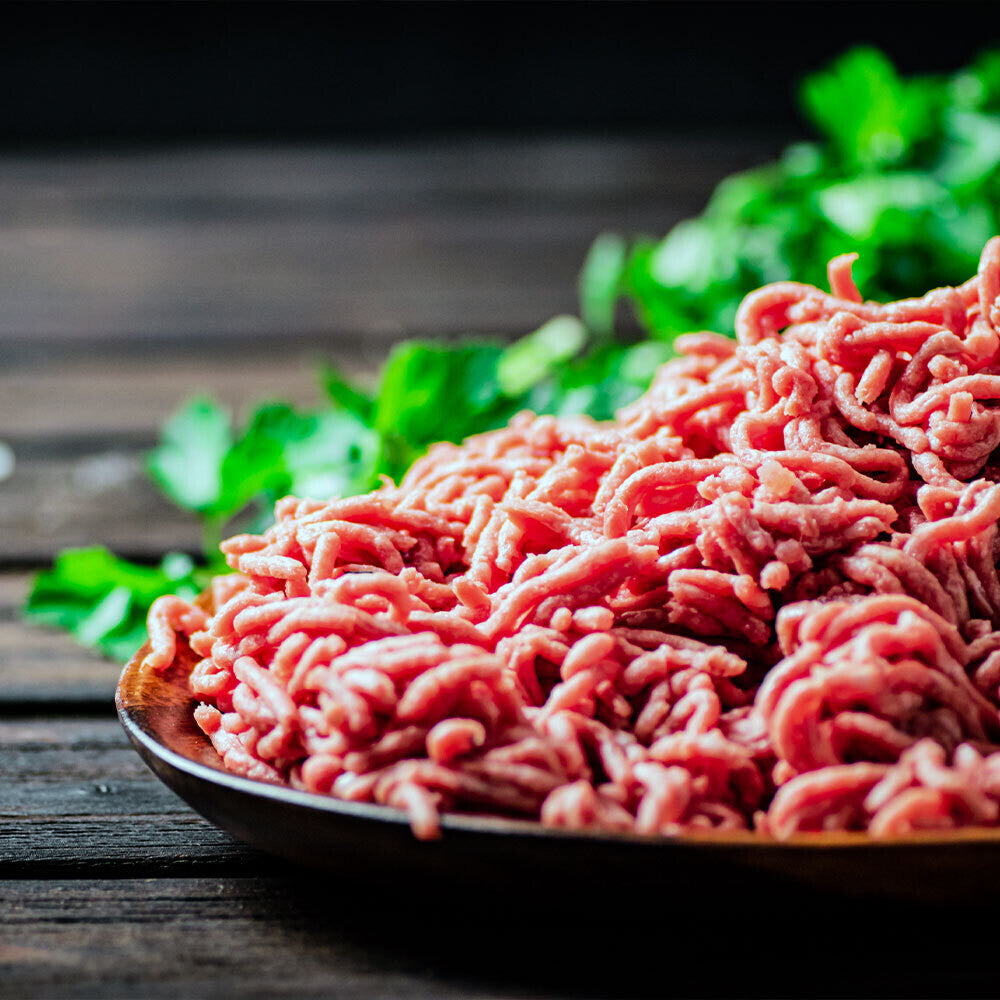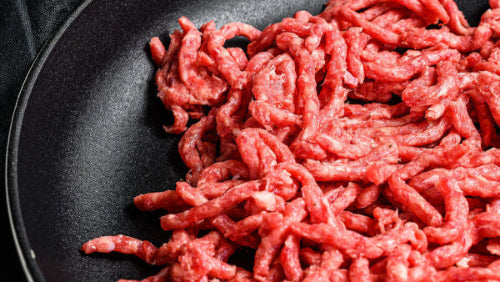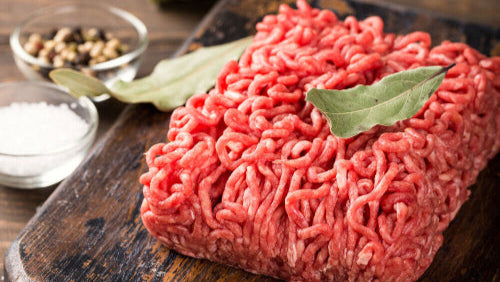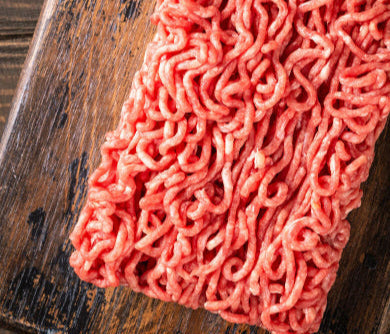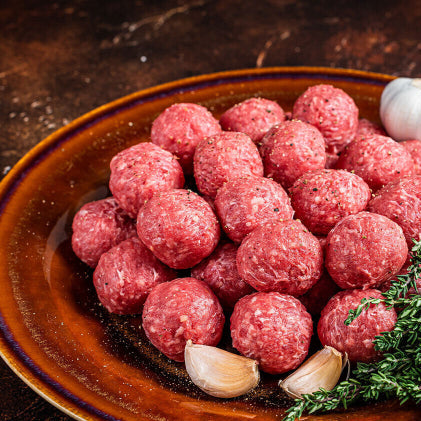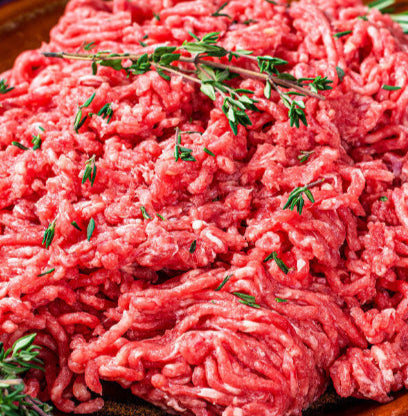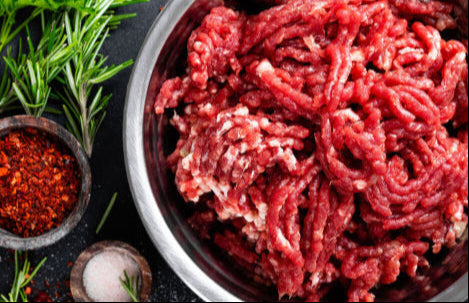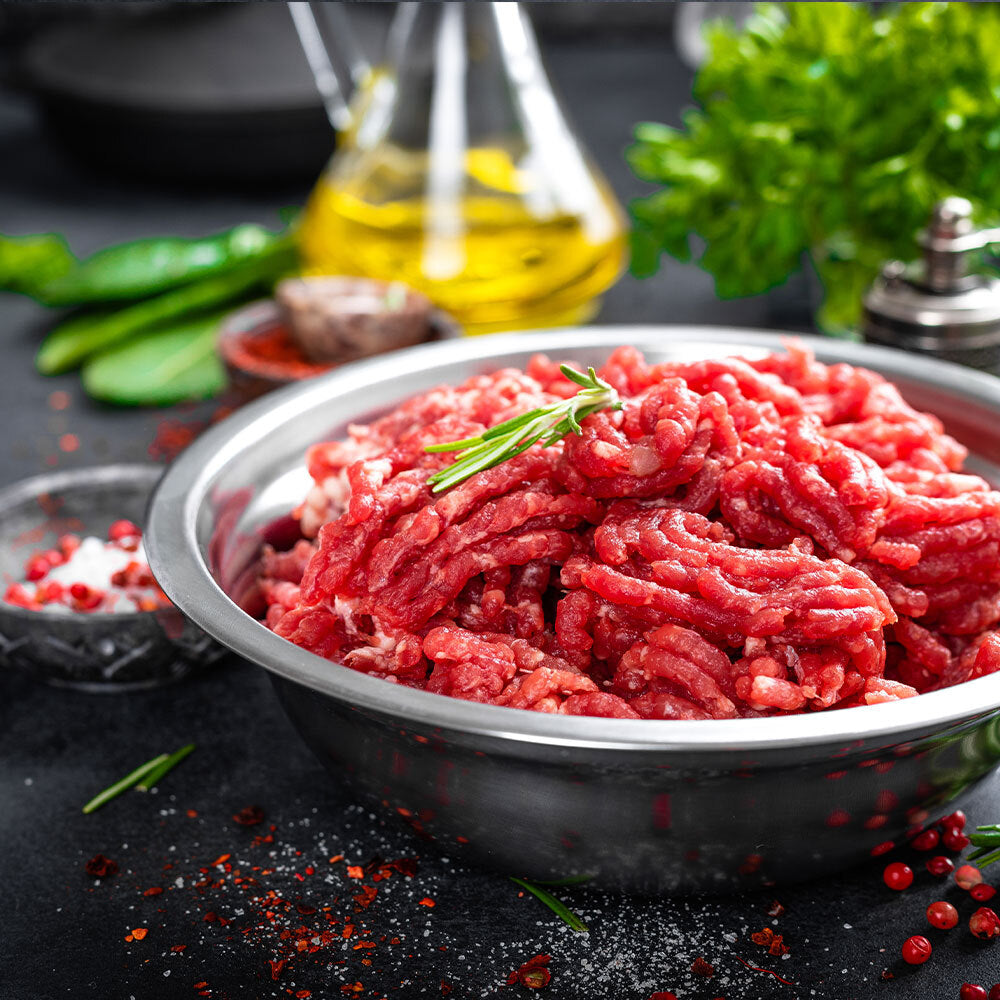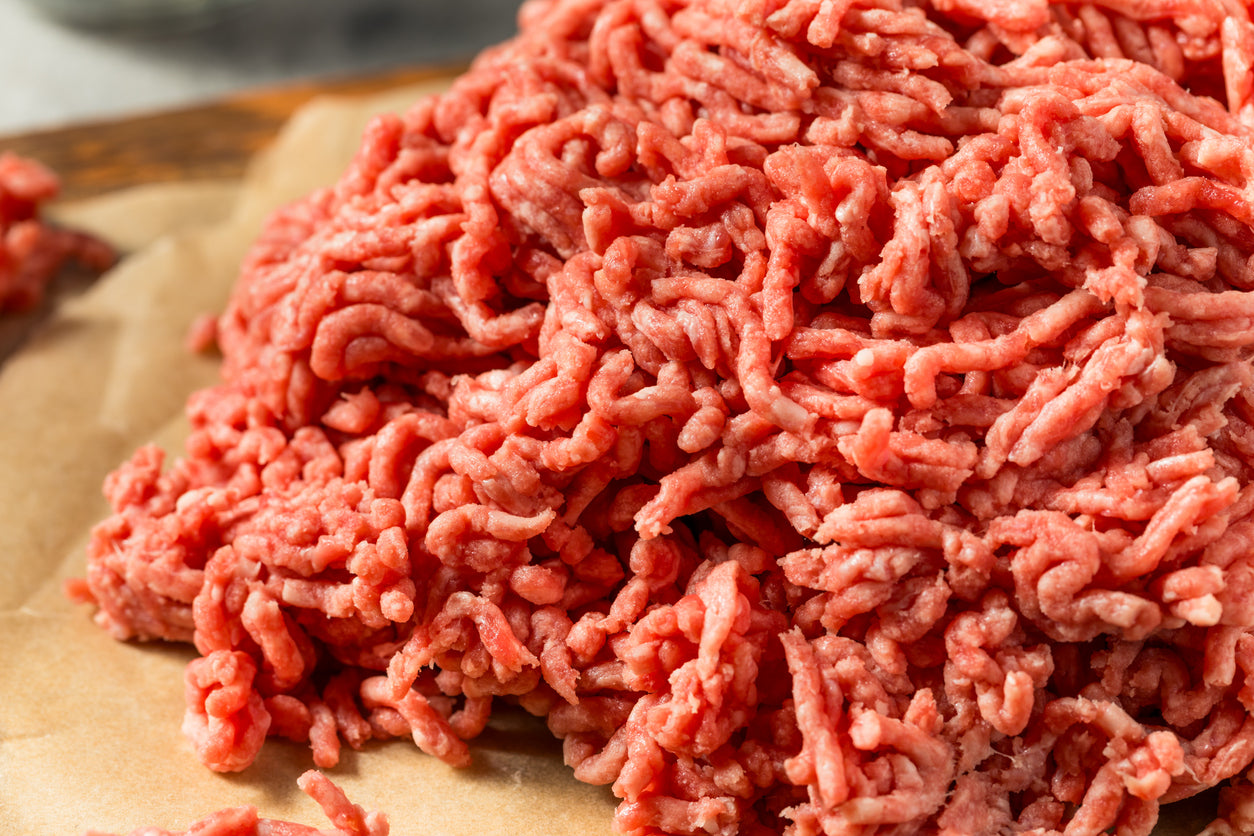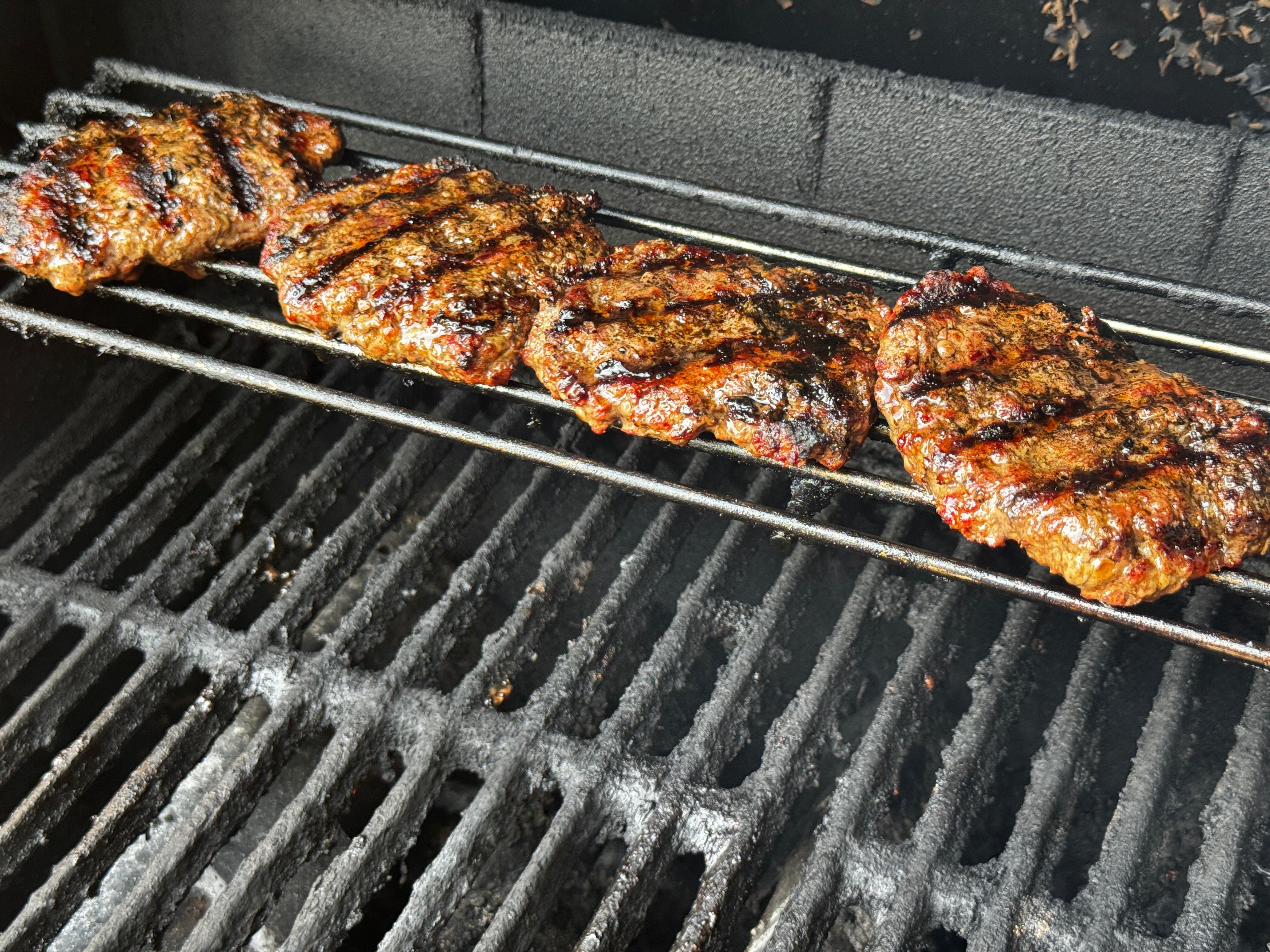
Tackling America’s Iron Problem: Why Grass-Fed Beef is the Holistic Solution
Iron deficiency is a widespread nutritional problem in the United States, affecting millions of people across all demographics. While severe iron deficiency symptoms like anemia often grab the spotlight, mild to moderate iron deficiencies are even more common and frequently go unnoticed. Despite the availability of iron supplements and fortified foods, many individuals still struggle with low iron levels, leading to fatigue, poor cognitive function, and a range of other health issues.
But while the quick fix of supplements may seem tempting, there's a more holistic solution—focusing on iron-rich foods and bioavailable sources of iron from real food.
The Iron Deficiency Problem in America
Iron deficiency is more common than many realize. Though severe iron deficiency anemia affects around 2-10% of the population, a much larger portion suffers from iron deficiency without anemia, which can still cause symptoms like fatigue, weakness, and difficulty concentrating. Some estimates suggest that 10-15% of the general population is iron deficient.Certain groups are particularly vulnerable:
Women of childbearing age face high risks due to menstruation, pregnancy, and increased iron needs. Estimates suggest that as many as 20-30% of women in this group are iron deficient. Pregnant women have even greater iron demands, with up to 18% suffering from iron deficiency, which can lead to complications for both mother and baby. Children and adolescents are also at risk, with 10-15% of young children estimated to be iron deficient due to rapid growth. Older adults, who may experience reduced iron absorption and a higher risk of gastrointestinal issues, could have iron deficiency rates as high as 20-25%. These numbers highlight the importance of finding the best sources of iron in the diet, especially since iron deficiency symptoms may not be obvious until the condition worsens.The Importance of Iron for Muscle Mass in Older Adults
In addition to the challenges of iron absorption in older adults, a unique need for more iron arises due to the loss of muscle mass that comes with aging. This process, known as sarcopenia, involves the gradual breakdown of muscle tissue over time. Iron plays a crucial role in muscle health because it’s essential for producing hemoglobin, the protein that carries oxygen to your muscles, enabling them to function effectively. Without sufficient iron, older adults may experience muscle weakness, fatigue, and decreased physical performance. As the body’s ability to absorb iron decreases with age, it becomes even more important to get iron from bioavailable sources like grass-fed beef, which your body can more easily use.The Reductive Approach: Iron Supplements
When faced with low iron levels, many people turn to iron supplements. However, there are significant drawbacks to relying on pills instead of addressing iron deficiency through dietary changes.- Low Absorption Rates: Many iron supplements contain non-heme iron, which is found in plants and fortified foods. Unfortunately, non-heme iron is absorbed far less efficiently than heme iron, which is found in animal products like beef. Even when people take supplements, their iron levels may not improve as quickly or effectively as expected.
- Side Effects: Iron supplements can cause digestive issues like constipation, nausea, and stomach discomfort, making them less appealing for long-term use.
- Short-Term Fix: Iron supplements might temporarily raise iron levels, but they don't address the root cause of iron deficiency—an iron-deficient diet. Over time, individuals who rely on supplements may find themselves deficient again.
The Holistic Solution: Real Food for Real Nutrients
Rather than focusing on supplements, a holistic, food-based approach to tackling iron deficiency offers long-term benefits that go beyond temporary fixes. One of the best dietary sources of iron is grass-fed beef, which provides a highly bioavailable form of iron that your body can absorb and use much more efficiently than the iron found in supplements or fortified foods. Bioavailability of Heme Iron: Grass-fed beef contains heme iron, the most easily absorbed form of iron. Research shows that heme iron is absorbed at a rate of 15-35%, compared to the 2-20% absorption rate of non-heme iron. When you consume grass-fed beef, your body can absorb iron more effectively, supporting muscle health, energy levels, and overall vitality. Nutrient Density: Beyond iron, grass-fed beef is packed with additional nutrients that support overall health. It contains vitamin B12, which is crucial for energy and red blood cell production, and omega-3 fatty acids, which help reduce inflammation. Grass-fed beef offers a spectrum of nutrients that work together for better overall health—not just iron levels. Sustainable Health: Unlike supplements, grass-fed beef provides a long-term, natural source of iron that fits into a healthy, balanced diet. By regularly consuming iron-rich foods like grass-fed beef, individuals can prevent iron deficiency and enjoy sustained energy, muscle function, and vitality.The Bioavailability Advantage of Grass-Fed Beef
Many people are unaware of how significant bioavailability is when it comes to iron. Even if you're eating foods high in iron or taking supplements with a high iron content, the critical question is: How much is your body actually absorbing?Grass-fed beef provides a highly bioavailable source of heme iron, which is absorbed far more efficiently than iron from plant-based sources or supplements.While foods like spinach and beans are good sources of non-heme iron, they are not absorbed as well as the heme iron found in beef. Additionally, certain foods like dairy products can inhibit the absorption of non-heme iron.
By consuming iron-rich grass-fed beef, you maximize your body's ability to absorb and use iron, helping prevent or correct iron deficiency, support muscle function, and maintain energy levels.
Why Grass-Fed Beef is Superior to Supplements
When choosing between iron supplements and nutrient-dense grass-fed beef, the holistic benefits of real food are clear:- Easier on the Body: No digestive side effects like those that come with supplements.
- More Than Just Iron: Grass-fed beef is a whole food source of iron, B12, protein, and healthy fats, making it far more beneficial to overall health.
- Long-Term Solution: Incorporating grass-fed beef into your regular diet offers a sustainable way to keep your iron levels in check while also supporting muscle health and energy levels.
Support Your Health Holistically
Given how widespread iron deficiency is—even in mild forms—turning to nutrient-dense foods like grass-fed beef is the best way to tackle this issue head-on. Tyner Pond Farm’s grass-fed beef provides the bioavailable iron your body needs, without the side effects or limitations of supplements. Choosing food over pills isn’t just about solving a deficiency—it’s about nourishing your body with everything it needs to thrive. If you’re looking for a holistic, natural way to boost your iron levels, maintain muscle health, and support your body’s energy needs, look no further than our pasture-raised, grass-fed beef.
Tags:
Previous post
Why We Don’t Focus on Bulk Beef: Flexibility, Accessibility, and Convenience
Next post









